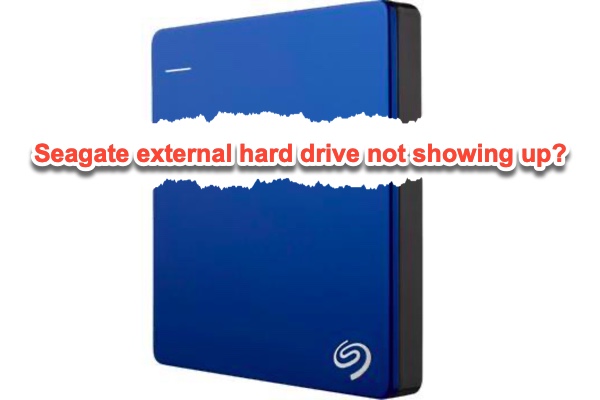

Is this behavior unusual? A sign of trouble? I wouldn't call it trouble, but I remember there were reports that some Windows 10 feature update relatively recently would occasionally add a drive letter to people's WinRE partitions, which would then trigger "Low disk space" warnings on their systems, for a partition most users had never seen before and never even knew existed. I had assumed that it was assigned by Reflect. Subsequently, I would have booted into the rescue environment to create a backup image of the system partitions, and the drive letter "I" had then been assigned to Partition 4. It is true that shortly before creating the image, I did assign a drive letter "R" to Partition 4 when I was recreating the WinRE partition, but I definitely removed this drive letter in diskpart. In my most recent system image backup set, the Partition 4 (WinRE) is shown with an assigned drive letter "I": This backup image was created from the Reflect Rescue Environment, and I had not performed any actions to deliberately assign any drive letters after booting up the rescue environment. You need the additional hidden partitions that will exist on that disk.įirst, Partitions 1 and 4 should not have drive letters assigned to them. But on modern systems, just having an image of the C drive is not enough to get a bootable system. You should instead image the entire disk that contains that Windows partition, except perhaps for any partitions that you have a specific reason for excluding, such as manually created Data partitions that you might want to back up separately. If you're stuck, can you perhaps post screenshots of what you're seeing (or not seeing) in Reflect, Windows Explorer, and Disk Management? On a side note, you don't want to image just your C drive, i.e. Can you see your external drive in Windows Explorer and use it as a typical hard drive? If so, you should be able to open Reflect, choose to image your C drive, and click the Browse button in the Destination field to select the desired folder on your external drive. Reflect supports at least FAT32, NTFS, exFAT, ReFS, and network destinations. A disk image, as opposed to a clone, just captures a source disk to a file that can be stored on a destination volume just like any other file.


 0 kommentar(er)
0 kommentar(er)
